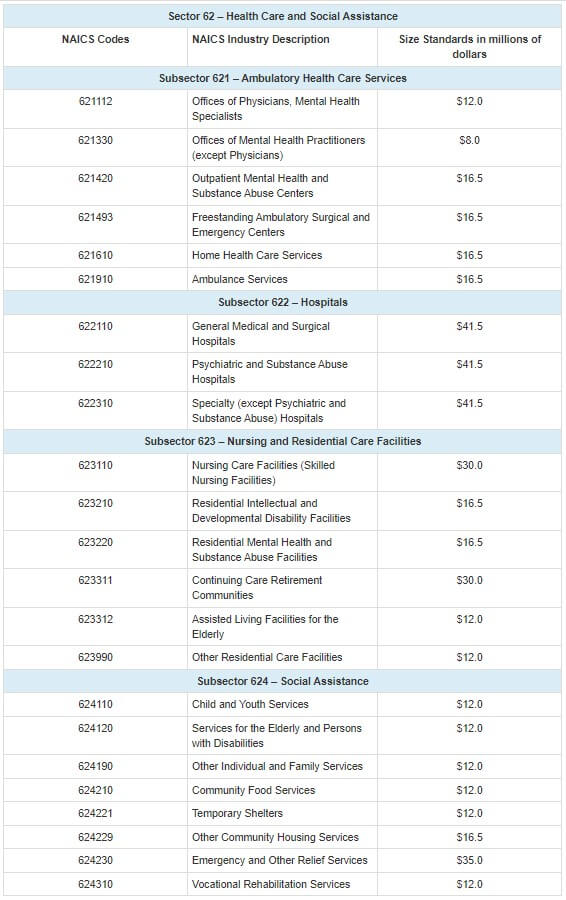The Occupational Safety and Health Administration (OSHA) recently took a major first step toward developing its anticipated standard regarding violence in the healthcare setting, titled “Prevention of Workplace Violence in Healthcare and Social Assistance.” On March 1, 2023, OSHA convened a Small Business Advocacy Review (SBAR) panel—an initial step in formulating a new standard that gives representatives of small businesses and small local government entities an opportunity for input.
SBAR Panel
In a press release, OSHA stated that it sought to jumpstart the rulemaking process by convening the SBAR panel as the Small Business Regulatory Enforcement Fairness Act (SBREFA) requires OSHA and other federal agencies to collect input from small businesses before issuing new federal regulations. The workplace violence panel is comprised of so-called small entity representatives (SERs) selected from hospitals, emergency rooms, psychiatric hospitals, home healthcare agencies, emergency medical services, and social assistance providers, excluding child day care centers.
According to OSHA, the SBAR panel is considering several topics, including:
- “A programmatic approach to workplace violence prevention;
- Workplace violence hazard assessments;
- Workplace violence control measures;
- Preventive training;
- Violent incident investigations and recordkeeping;
- Anti-retaliatory provisions; and
- Approaches that avoid stigmatization of healthcare patients and social assistance clients.”
Workplace Violence
According to OSHA, nonfatal workplace violence is more widespread in the healthcare and social assistance industries than any other industry. OSHA has been preparing to address this issue for the past several years going back, at least, to a set of guidelines that it published in 2016 on preventing workplace violence in healthcare and social service workplaces. Still, OSHA has stated that it recognizes that workplace violence in healthcare and social assistance settings is a “sensitive issue” as it involves patients who may be present for treatment for psychiatric, behavioral, or substance abuse problems.
The new rulemaking will be focused on so-called Type-II workplace violence situations, which involve violence perpetrated by patients, clients, and visitors in healthcare facilities. OSHA has noted that “it is both prevalent in the healthcare industry and can be reasonably anticipated and mitigated by employers.” The agency estimates the total cost of the rule to be $1.22 billion per year.
‘Small Entity’
The SERs will be drawn from businesses that are considered to be a “small entity” based on number of employees or revenue. OSHA published a table with North American Industry Classification System (NAICS) size standards that indicate how large a business can be to still qualify as a small business for federal government programs:

Potential Workplace Violence in Healthcare Standard
In an OSHA “Issues Document” prepared for the SBAR panel, OSHA provided a preview of what it is considering for a potential rule in SBAR documents. Key elements under consideration are:
“Workplace violence prevention program (WVPP)”
The proposed rule would require employers to develop a WVPP that lays out processes and procedures for preventing and handling workplace violence incidents. These procedures would include how employees can report a violent incident or threat, how concerns will be investigated, and how employers will coordinate their WVPPs with other employers in the same worksite.
“Hazard Assessments”
The proposal would require employers to conduct regular hazard assessments of their own injury data and “identify and mitigate hazards.”
“Implementation of Control Measures”
The proposal would require employers to take steps to mitigate hazards. Examples include the use of curved mirrors at the ends of hallways, the provision of lockable “safe rooms” for employees during emergencies, and the use of keyless door systems “where public access to employee areas are deemed problematic.”
“Training”
The proposal indicates that OSHA is also “considering specific training requirements for employees and their supervisors.” OSHA stated that “[e]ducation and training are key elements of a workplace violence prevention program and help to ensure that all staff members are aware of potential hazards and how to protect themselves and their coworkers through established policies and procedures.”
“Incident investigation and maintenance of a workplace violence log”
The proposal would require employers to maintain a “workplace violence recordkeeping log and perform incident investigation procedures.” This would include requiring employers to track the “significant contributing factors, recommendations, and corrective actions” for each workplace violence incident and investigation.
“Anti-retaliation policy to encourage employee reporting of workplace violence situations”
The proposal would prohibit employers from discharging or discriminating against any employees for exercising their rights or protections under such a rule.
Key Takeaways
OSHA has made addressing workplace violence in healthcare and social service settings a key priority. However, OSHA’s new standard could increase the compliance burdens and costs for healthcare and social service employers. In the meantime, healthcare employers and social service providers may want to review any existing workplace safety policies with regard to the potential threat of workplace violence by patients and clients and revise as needed in anticipation of the coming standard.
For more details on this topic, please listen to our latest podcast, “Workplace Violence in Healthcare: Addressing Risk Factors and Abating Hazards.”




 />i
/>i

